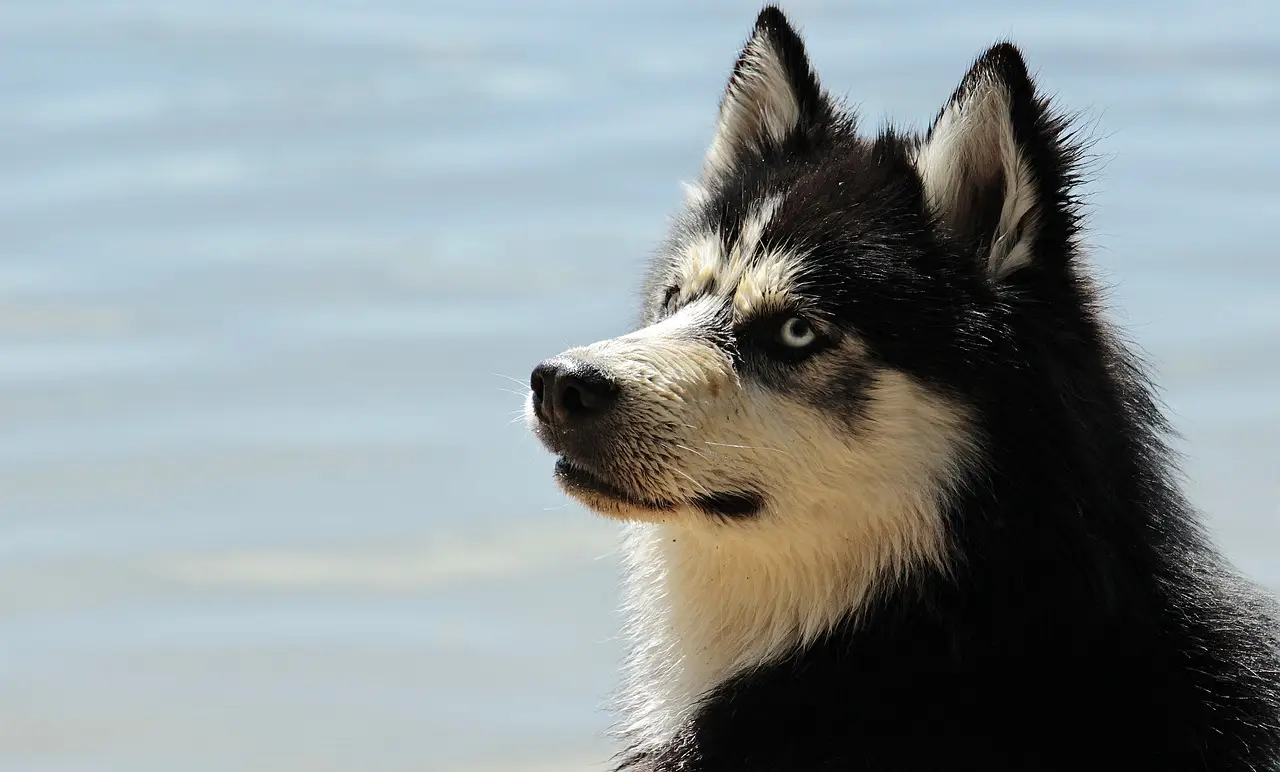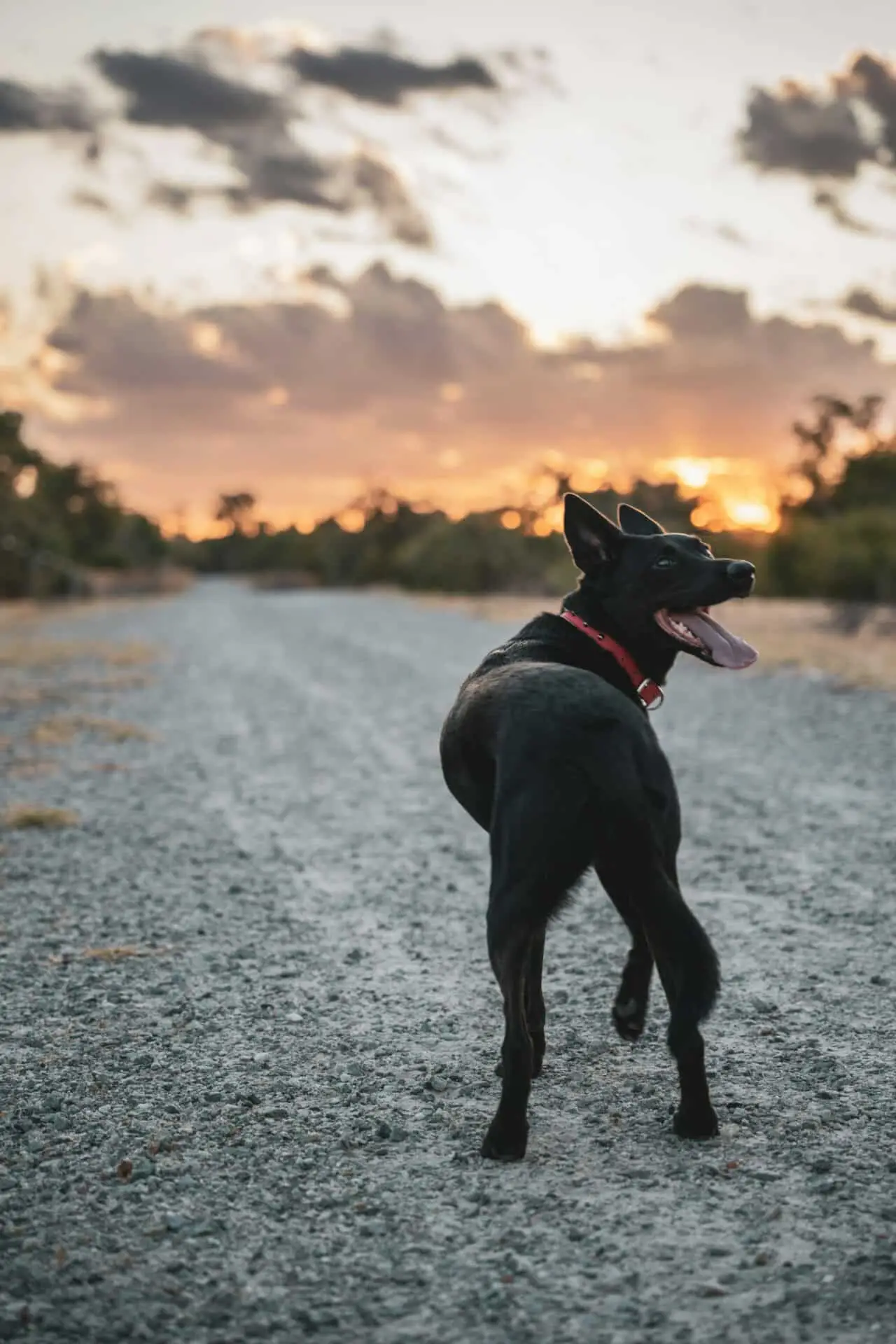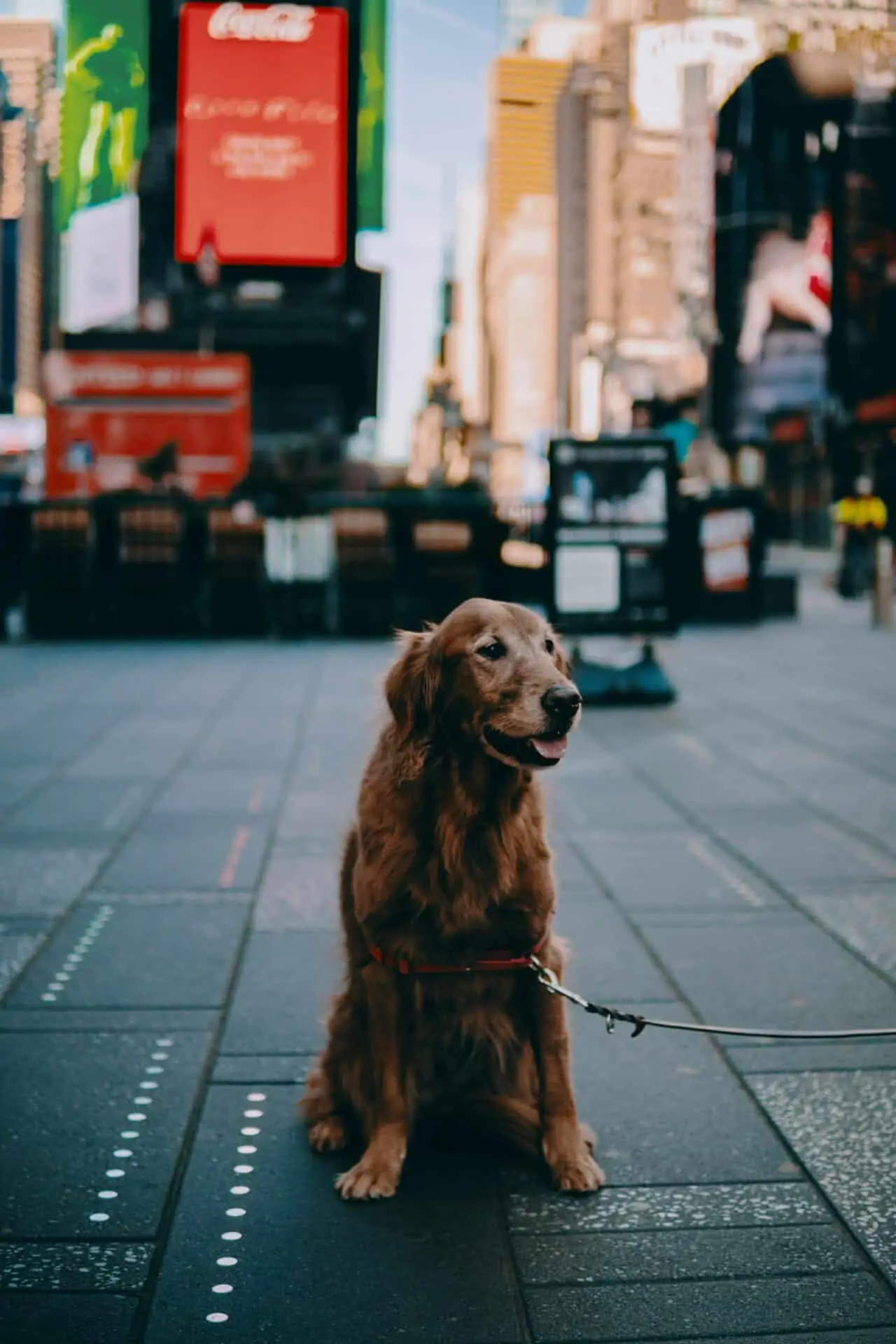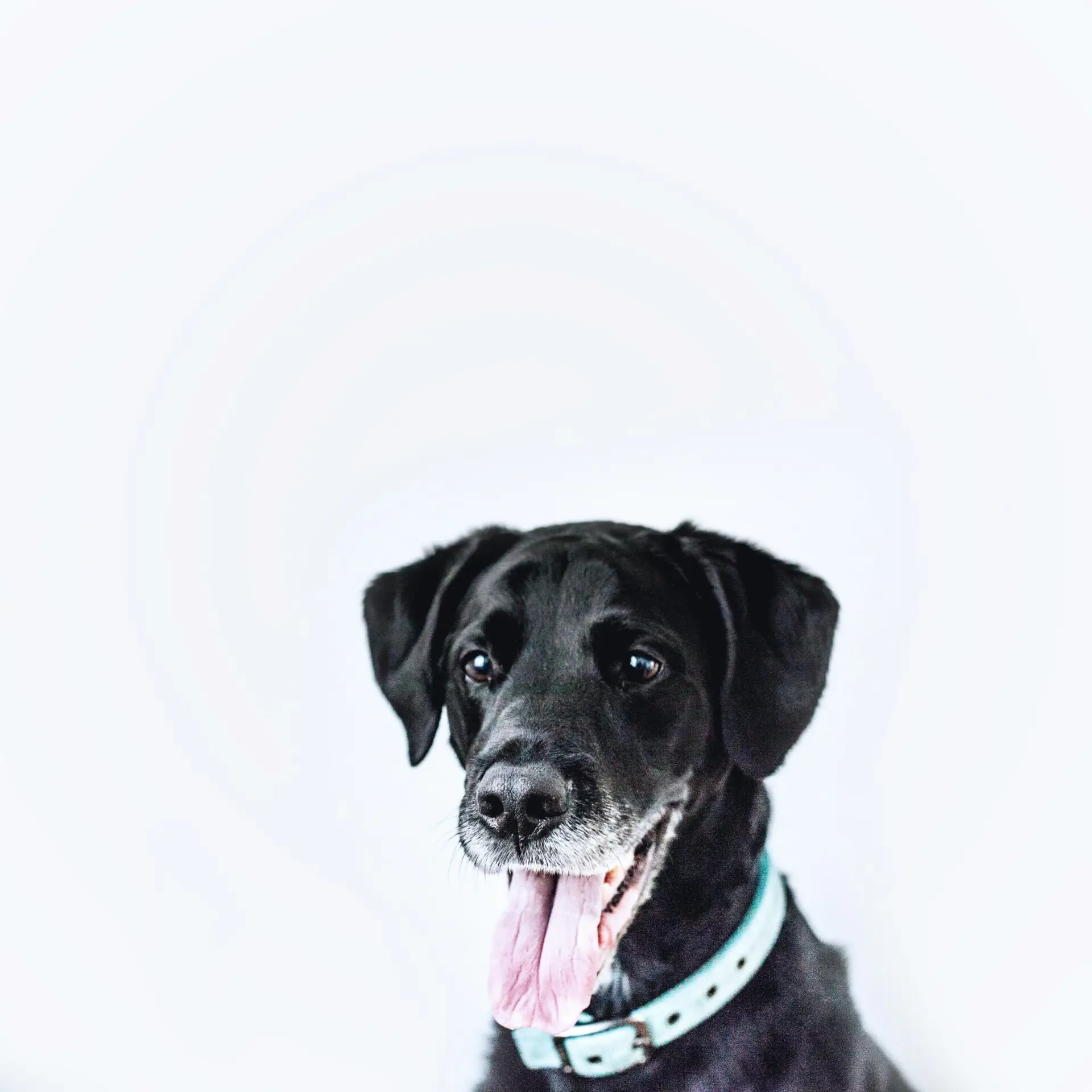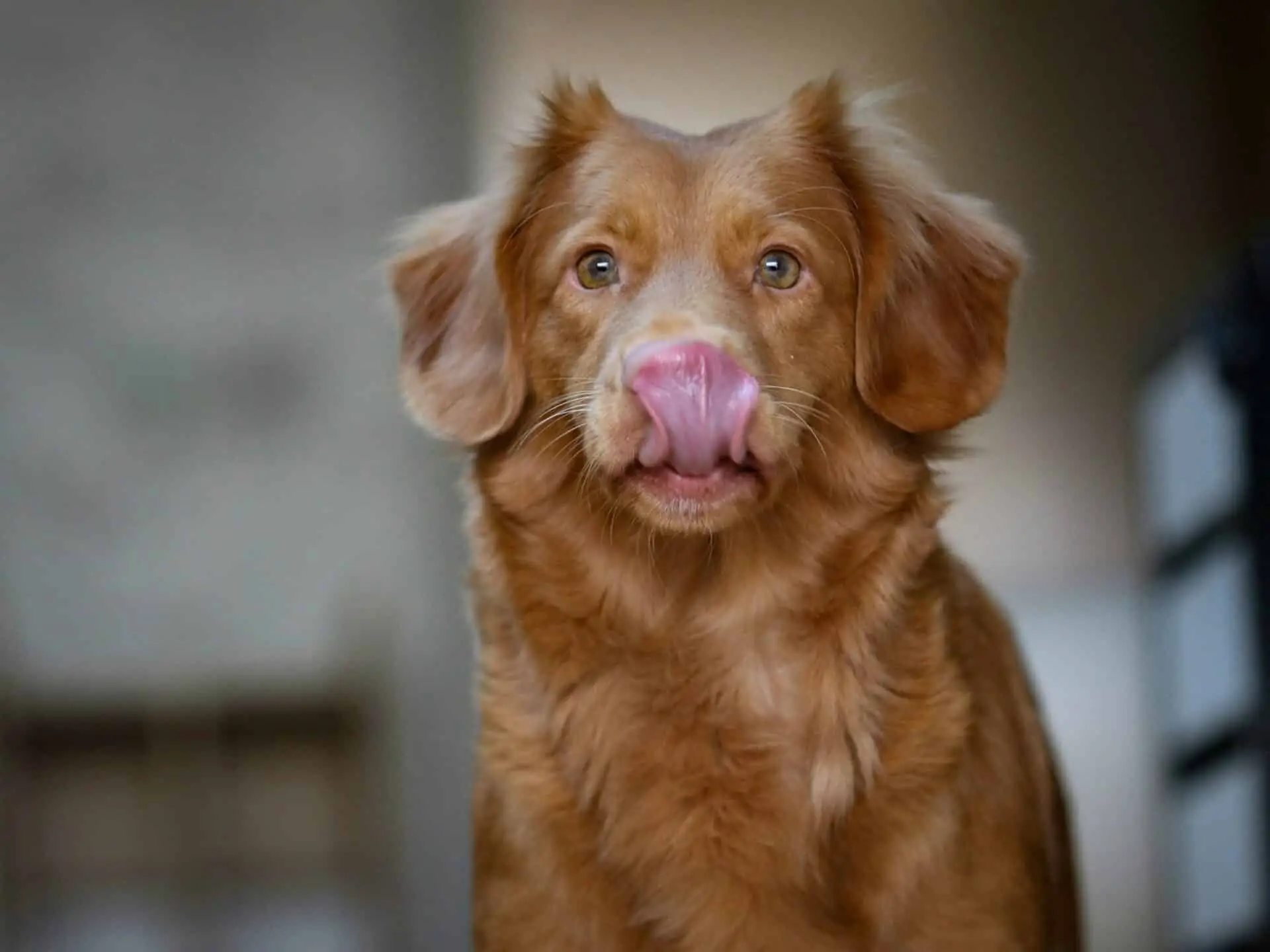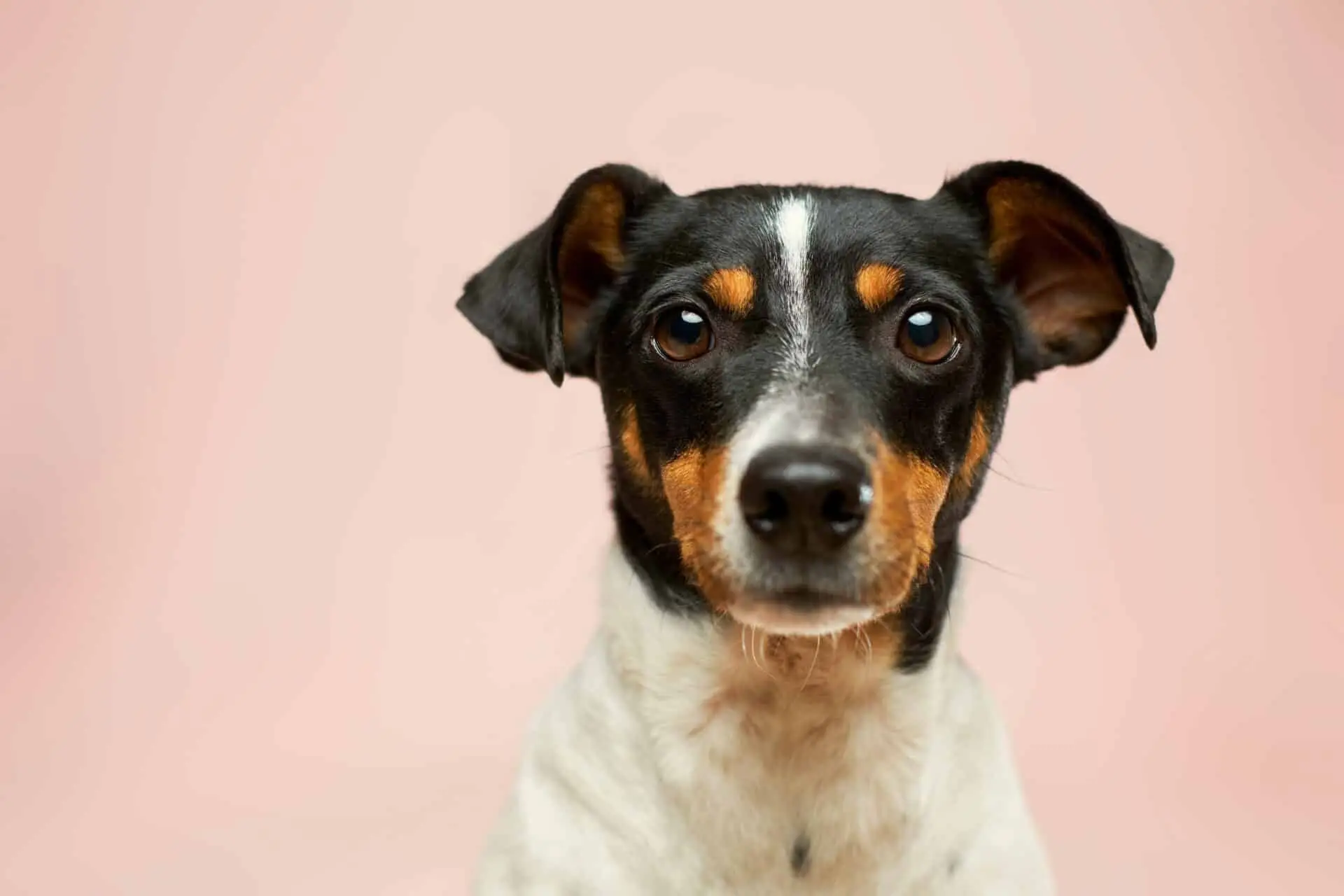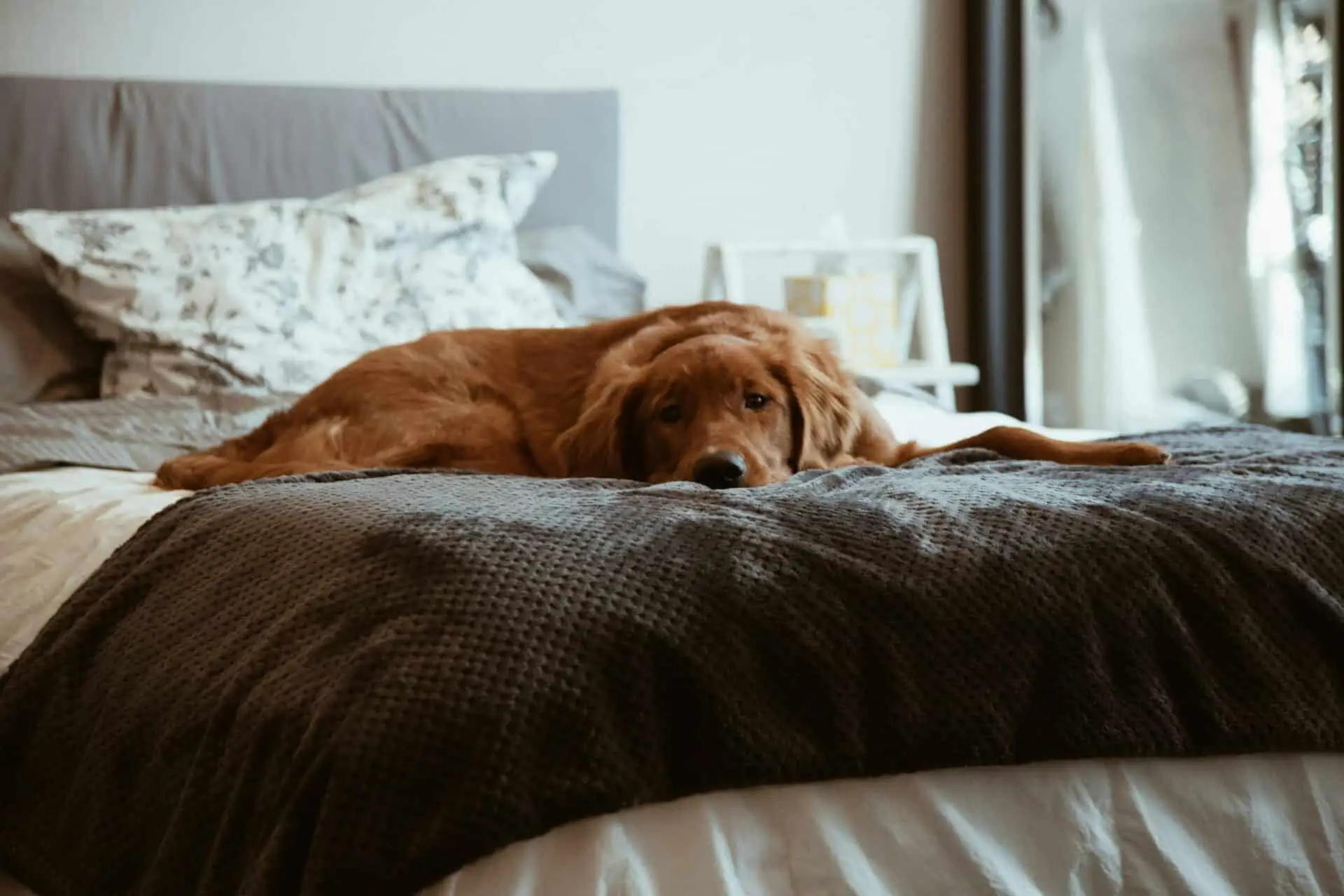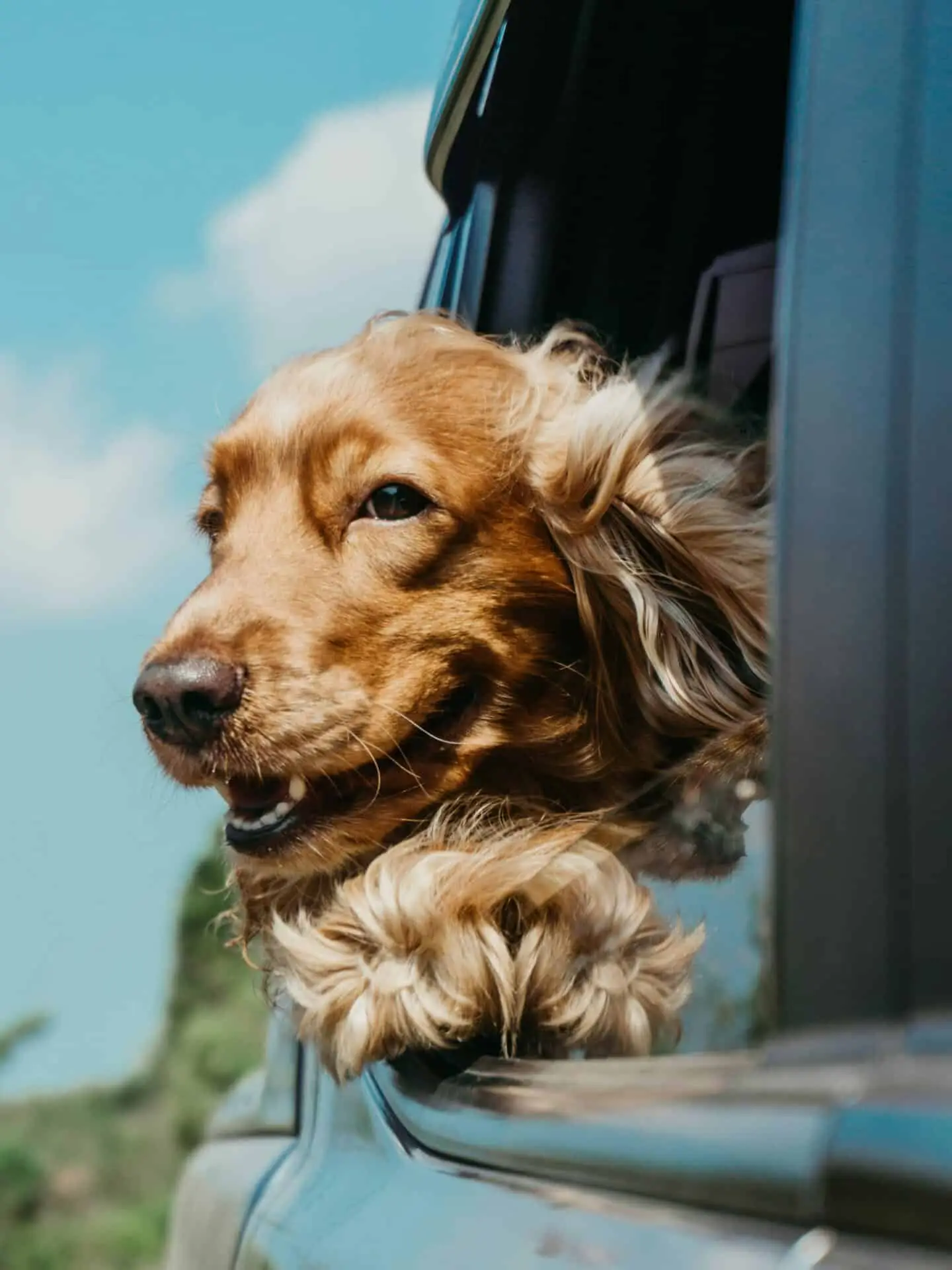Just a 50-minute car drive from Dubai, neighbouring Sharjah, and a little further from Abu Dhabi, Umm Al Quwain offers some fantastic spots for a getaway with your furry friend. Here’s where you can enjoy a day out with your dog.
Kite Café: A Dog-Friendly Delight
Kite Café in Umm Al Quwain is a delightful spot that’s both child-friendly and dog-friendly. This charming eatery welcomes the whole family, from the tiniest of tots to the furriest of friends. For just Dhs25 per dog and Dhs50 per adult for the whole day, you can enjoy this lovely location. They also offer camping options at Dhs380 per night, including a pre-set tent. Kids might even get in for free, depending on the welcome desk’s discretion.
Relax on a lounger and umbrella on the sand while your four-legged friend explores the fenced-in beach and swims in the sea. The shallow water is perfect for little ones to wade safely and play fetch with the many dogs.
Ollie Daze: Beachside Fun for Everyone
Ollie Daze is the ideal beach escape, complete with a beach camp, stand-up paddle boarding, sunsets, beers, and fantastic music. The best part? You can enjoy it all with your four-legged companions by your side. The day pass for adults is Dhs200, with an additional Dhs50 for each dog or Dhs100 for kids. This price allows you to bring your own alcohol and food into the vicinity, giving you access to amenities like kayaking, stand-up paddle boarding, their pool, beach, and squeaky clean bathrooms. There’s also a fully stocked beach bar, restaurant, and wallet-friendly food trucks.
You and your pup can splash about all day in pristine waters. As the sun sets, the chilled-out day vibes transition into party vibes with a resident DJ encouraging guests and their four-legged friends to move to the sandy dance floor.
Little Bavaria UAQ: Pet-Friendly Dining
Little Bavaria UAQ is another pet-friendly gem in Umm Al Quwain. Located in Pearl Hotel, this modern Bavarian restaurant offers genuine German homemade cuisine alongside other international dishes. Enjoy your meal with a wide range of German beers and wines, making it a delightful spot for both you and your furry friend.
Planning a trip with your beloved pet can be exciting yet overwhelming. From travel regulations to their safety, there’s a lot to think about. That’s where PetAir comes in. Reach out to us for your furry friend’s upcoming adventure. We’re not just experts; we’re animal lovers who care about their well-being. Contact us today to make their journey safe and positive!
